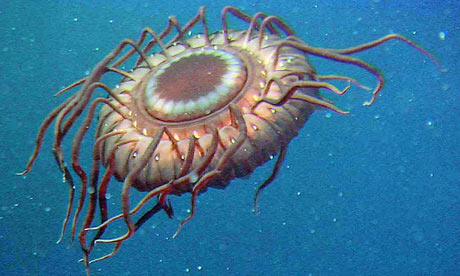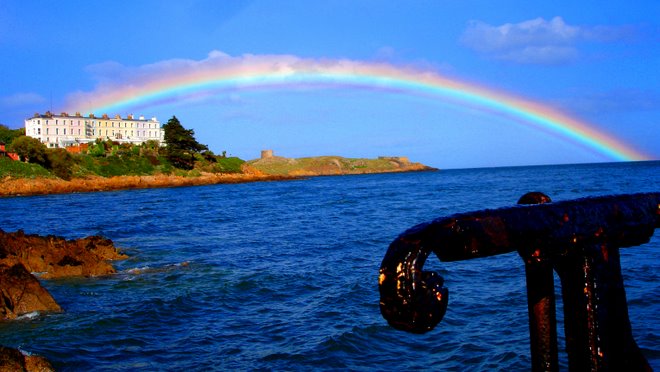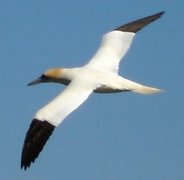Ten best: Outdoor dips
1 Vico Baths, Killiney, South Dublin
South Dublin boasts oodles of nooks for swimming -- from Seapoint to the 40 Foot and beyond -- but Killiney's Vico Baths (also known as Hawk's Cliff) outshines them all.
Between White Rock and Sorrento Terrace, this is one of the most spectacular places to swim in Dublin. Follow Sorrento Road until you see a small path leading down to the sea. Cross the DART line and the baths are located at the end of the path. This tiny cove offers views of Bray Head, Dalkey Island and Killiney Bay. If you're feeling overdressed, togs are traditionally optional.
Details: Killiney, South Dublin
2 Pooleen, Glengarriff Nature Reserve, Co Cork
Exiting the N71 into Glengarriff Woods, one embarks on a twisty, turny drive revealing all that is best about West Cork. Situated past the beautifully restored Glengarriff Lodge, Pooleen is a wooded swimming hole plugging a deep, glaciated valley. Within easy reach of meandering walking trails, a picturesque waterfall and Lady Bantry's Lookout, it's the very stuff of childhood memories.
Details: Glengarriff, Co Cork
3 Glassilaun, Connemara, Co Galway
Cartographer Tim Robinson has described Connemara as "a rope of closely interwoven strands," and its mix of island and mainland shorelines leaves visitors beautifully befuddled. Glassilaun is a short drive from the family-friendly Renvyle House Hotel, and the perfect mix of crescent-shaped strand and gin-clear waters. The mountainous backdrop makes for a stunning view from the water.
Details: Glassilaun, Connemara, Co Galway
4 Guillamene Cove, Tramore, Co Waterford
Tramore is best known for its sweeping strand, but a short drive away on the Great Newtown Head lies its hidden gem. The 'Men Only' sign is a relic of times past (there has been swimming at the Guillamene since the 1880s) -- wetsuits have long since replaced nude gentlemen bathers. The water is deep and cold, and the different diving spots on hand are fit to both terrify and impress.
Details: Tramore, Co Waterford
5 Ballycuggeran, Lough Derg, Co Clare
A full 32,000 acres in volume, Lough Derg boasts enough swimming spots to keep all of Ireland's water babies happy. The spot known locally as Tinerana, however, is amongst the sweetest (and safest). Three miles outside Killaloe, it boasts picnic areas, trailed walks and a Blue Flag. Brian Boru may have sailed here to meet the O'Connors of Connacht in battle, but all you need do is kick back and relax.
Details: Killaloe, Co Clare
6 Cill Mhuirbhigh, Inis Mór, Co Galway
Times seem both to have changed and stood still since those iconic scenes from Man of Aran were filmed at Cill Mhuirbhigh. The beach is a perfect sickle; the water shifts its palette from stony black to Caribbean green with the shifting of a cloud. It's the 21st century, but lying on the sands here, it's as if those hardy gents took their currachs out for Robert J. Flaherty only yesterday.
Details: Inis Mór, Aran Islands, Co Galway
7 Smugglers' Cove, Greystones, Co Wicklow
Once the preserve of female bathers from the La Touche Hotel, Smuggler's Cove is a boutique beauty stashed between Greystones' north and south beaches. Swimming is best from the steps, where the views stretch north to Bray Head, and afterwards one can fill up on freshly battered cod at the harbour chipper.
Details: Greystones, Co Wicklow
8 Lough Owel, Mullingar, Co Westmeath
A couple of miles northwest of Mullingar, Lough Owel's diving board cuts an evocative silhouette against the setting sun. A deep, spring-fed lake, the swimming spot here can get boozy and over-crowded at times, but the Westmeath setting is beautiful. If the crowds are low and the weather just right, you're in for a very special dip in the heart of Ireland.
Details: Mullingar, Co Westmeath
9 Portsalon, Fanad Peninsula, Co Donegal
On a fine day, Portsalon is glorious. On a rainy day, it can be horrid. That's unless you have a wetsuit and enjoy hurling yourself off piers at high tide. Across Ballymas-tocker Bay lies another option -- the Blue Flag Ballymastocker beach, once voted second most beautiful in the world (behind Anse Victoria in the Seychelles) by Observer readers.
Details: Portsalon, Co Donegal
10 Derrynane, Iveragh Peninsula, Co Kerry
It's hard to know which beach to pick in Derrynane, so we've chosen them all. Nestling against the Ring of Kerry, flashing turquoise hues you wouldn't have thought the Atlantic capable of, this is Irish beach swimming at its best. Light sands and looming mountains seal the deal, and there's pony-trekking and the Skelligs chocolate factory nearby.
Details: Derrynane, Co Kerry
NB: Swimming in fresh and sea water can be dangerous. Check locally for advice on safety and hazards, follow sign instructions, and never swim alone
- Pl Conghaile



